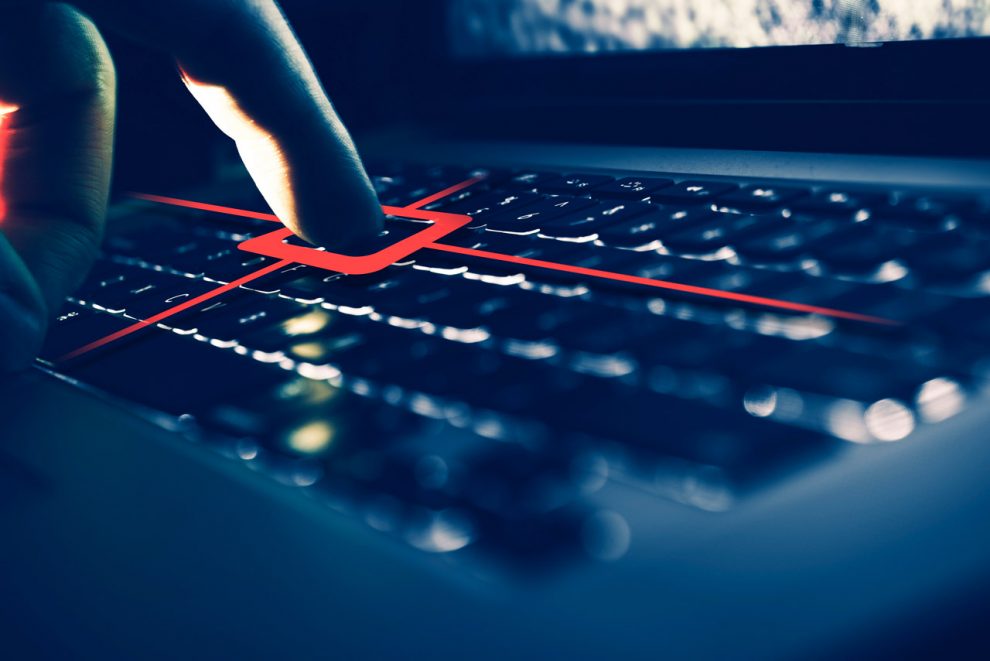Many sneaky hackers can access your computer over the Internet, and one of the worst is a free keylogger. Spyware is malware from capturing your job. A keylogger detector records keystroke you make on the computer. A hacker can use this information to develop your username and password for various sites without seeing what’s on the screen.
For instance, if you’re checking on your email, type in the address box of your browser “mail.yahoo.com” or “gmail.com.” Your next step is predictable to typing in your password and username. You submit everything you write to a hacker website via the Internet and scan the folder for sensitive objects, such as your password.
Spayware Keylogger
Spyware keylogger detector is the generic Malwarebytes identification name for programs that capture keystrokes, snapshots, network behavior, and other details on installed systems. This keylogger software spyware will remotely track your users’ behavior and gather details that can be known individually, including names and passwords, email keys, chat systems, accessed websites, and finance habits.
It can also hide screenshots, record video, or trigger any camera/microphone connected. Collected information may be processed locally and subsequently recovered or sent to an internet service or venue.
A keylogger software spyware is a form of control technology used to track and document each keystroke form typed on the machine’s particular keyboard. Also available on smartphones, including Apple iPhone and Android devices, is free keylogger apps.
Keylogger software spyware are also used to intercept personal information (PII), user credentials, and confidential business details from cybercriminals as a spyware weapon. keylogger detector loggers may also be used with:
- Employers tracking the computer practices of employees;
- parents to track internet use of their children;
- user owners to follow-up on their computers potential illegal activity;
- Judicial authorities for the analysis of computer-specific accidents.
Such implementations may be viewed in various degrees as ethical or necessary.
Types of keylogger detector
A hardware-based keypad is a small device that serves as a keyboard-computer link. The gadget is built to look like a familiar PS/2 keyboard, machine cord, or a USB adapter, making it reasonably simple for anyone who wants to track a user’s actions to conceal a gadget.
The physical access to the user’s machine for installation is not needed for a Keylogging Application. It may be intentionally downloaded and run as a part of rootkits or remote trojans (RAT) by anyone who wants to track a given machine’s operation. The rootkit will run steadily to prevent manual detection or virus scans.
Keylogger checker
Typical of two files installed in the same directory is a typical software free keylogger software spyware, a DLL file that makes all the recording, and an executable file that installs and triggers the DLL file. Each keystroke is recorded in the Keylogger software; information is frequently downloaded to anybody downloading this software through the Internet. Keylogging software can also be designed to monitor keystrokes, like hooking APIs, malicious script injection, and memory injections. There are many other ways.
Keylogger Detector
The easiest way to recognize any unwanted software is to check the processes in your Task Manager. Some of those history procedures, sadly, have dark labels. However, the name of programs that you find running on your computer can be searched on the Internet; someone will have warned about the free keylogger detector processes that correspond to names.
In Windows, pick Task Manager from the context menu, right-click on the taskbar.
It is better to review the processes in your task manager to detect any unnecessary apps. Unfortunately, several of these techniques of history have dark labels. However, the names of the programs on your machine can be checked on the site, and someone would, presumably, have alerted you of the free keylogger software spywareprocesses relating to those names.
- From the context menu, press on the taskbar to the right of the task manager in Windows.
- This is a smart idea to get rid of something you don’t remember installing in the Startup catalog.
- To uninstall all those applications, click on the disable button below the window and then tap the Disable button.
The data on internet use on your machine is another way to search for unusual behaviors. Click the Windows icon along with the “I” icon on Windows. This brings you to the computer controls. Choose Network & Internet, and then pick the option for data use from the left menu. Select the User Information icon to display a chart of all of the internet-used services on your computer. Do a web browser on some of the titles to see if they are free keylogger detector you do not remember.
Similarly, test the browser plugins. See the plugins and deactivate any you can not recall downloading or utilizing.
To meet extends:
- In Chrome: type the extension’s Chrome:/to your URL.
- Pick Extensions from Opera and click Manage Extensions on the menu.
- In Safari: Select from Safari menu Preferences and press Extensions.
- Click on Handle add-ons from the Resources menu in Internet Explorer.
- Click Extensions in the browser menu in Microsoft Edge.
Keylogger Prevention:
The user’s desktop configuration device cages may be included, which prevent access or manipulation by USB and PS/2 ports. A 2FA authentication flag is used to guarantee that the intruder can not log in on a user’s account using a compromised password alone with a physical keyboard on-screen and a voice-to-text program to disable it.
The Whitelisting application may also be used for the execution of a device only of recorded approved programs. Even having every device up-to-date is a smart thing.
Conclusion:
Many consumers have been threatened with ransomware assaults. Spyware from main loggers can trigger very confidential loss Facts. -Information. You are hard to spot, so you will cover yourself before accessing the device. That is why their presence can’t sense the consumer. The main Spyware Logger assault scenario and the suggested approach have been shown the network senses and stop it.










Add Comment